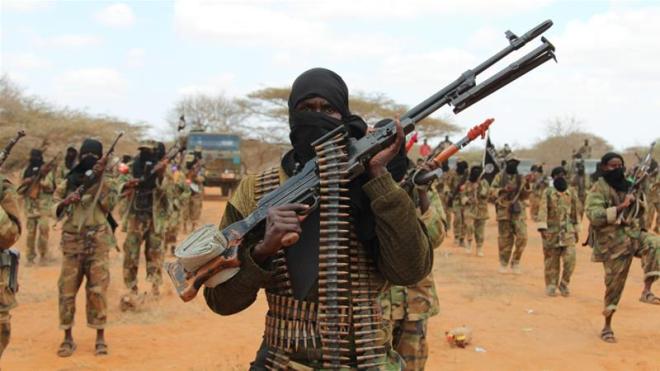They found hands and legs, some blackened bodies, and one business card. Wearing white shirts printed with the phrase “We never get tired of our country,” nearly 200 young Somalis gathered Tuesday at the site of this weekend’s historic terror attack to collect the remains of victims still buried among the rubble.
Mogadishu is no stranger to terrorism: Since al Shabaab lost control of the capital in 2011, the city has experienced a car bomb or an assassination every few weeks.
But the attack on Saturday, caused when a truck loaded with explosives detonated beside a fuel tanker in Mogadishu’s bustling Kilometer Five intersection, was unlike anything the city had experienced.
“It’s so painful. It’s unimaginable to see your city like this,” said 29-year-old Muna Hassan, who helped organize the city’s youth response in the aftermath of the attack.
The attack killed 302 people and injured 429 more, according to local ambulance services, making it one of the world’s deadliest terror attacks since 9/11. In recent years, small-scale explosions have been followed by quick cleanups: Debris is removed, blood swept aside, and tables reset for serving tea hours later. But fours days after this one, while emergency personnel struggle to remove bodies from the rubble,
Mogadishu’s residents are wondering how the city they thought was on the road to stability could experience such gruesome violence and how the influx of international security support, particularly from the United States, has seemingly done so little.
“The question many people are asking themselves now,” said Abdisalam Yusuf Guled, the former deputy director of Somalia’s National Intelligence and Security Agency,” is whether the government understands the root of this attack, where these people came from, and was this attack preventable.”
Under recently elected President Mohamed Abdullahi Mohamed’s “stabilization campaign,” launched at the beginning of Ramadan in an attempt to crack down on the flow of arms, the city had enjoyed months of relative stability.
Federal authorities limited the number of private armed security personnel in convoys moving through the city and the weapons those personnel could carry; National Intelligence and Security Service agents raided known arms dealers and seized their stocks, and more checkpoints appeared throughout the town.






























